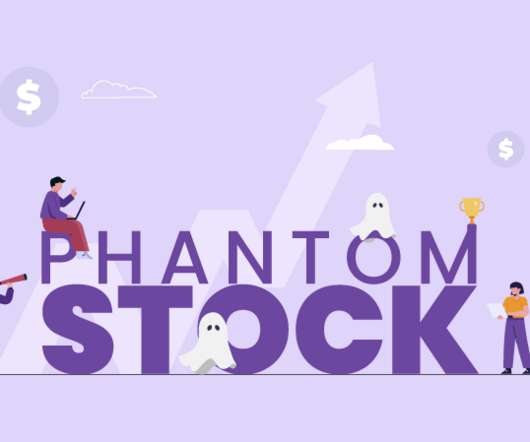Employee Retention Strategies Go Beyond Competitive Salaries
HR Digest
DECEMBER 2, 2023
employees quit their jobs in a year, indicating an average of 4.2 With numbers as big as these and burnout at an all-time high, it becomes increasingly important to take employee retention strategies seriously and explore what they can do to connect with their employees. How to Improve Employee Retention?













Let's personalize your content